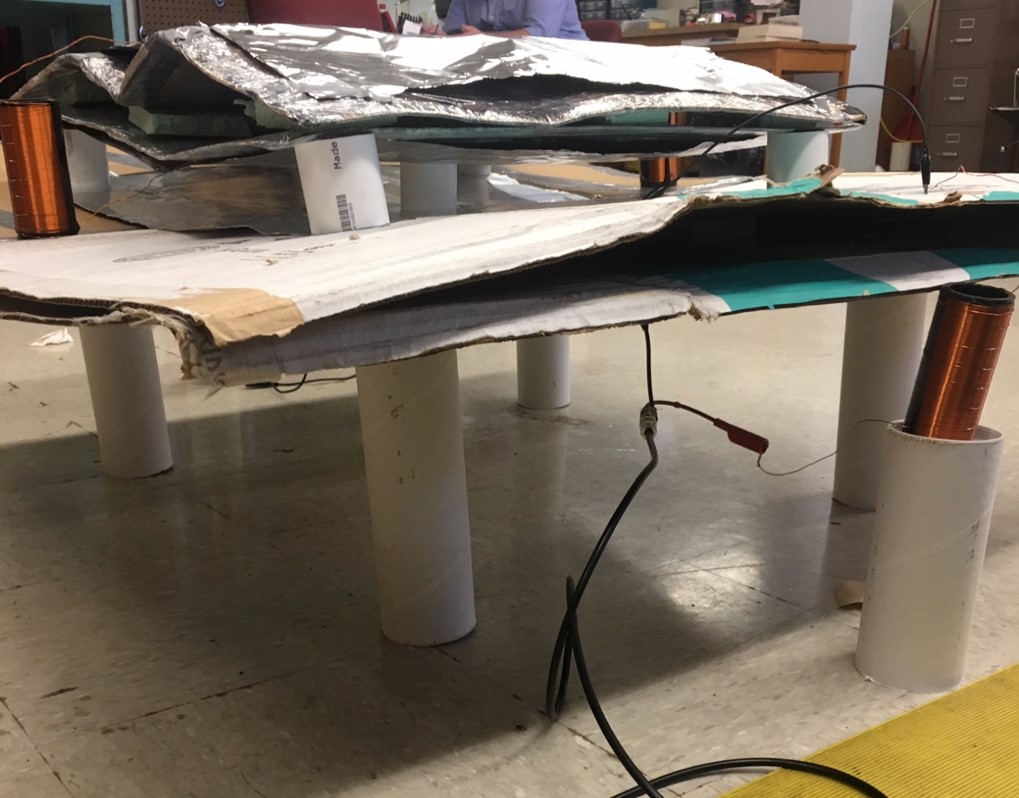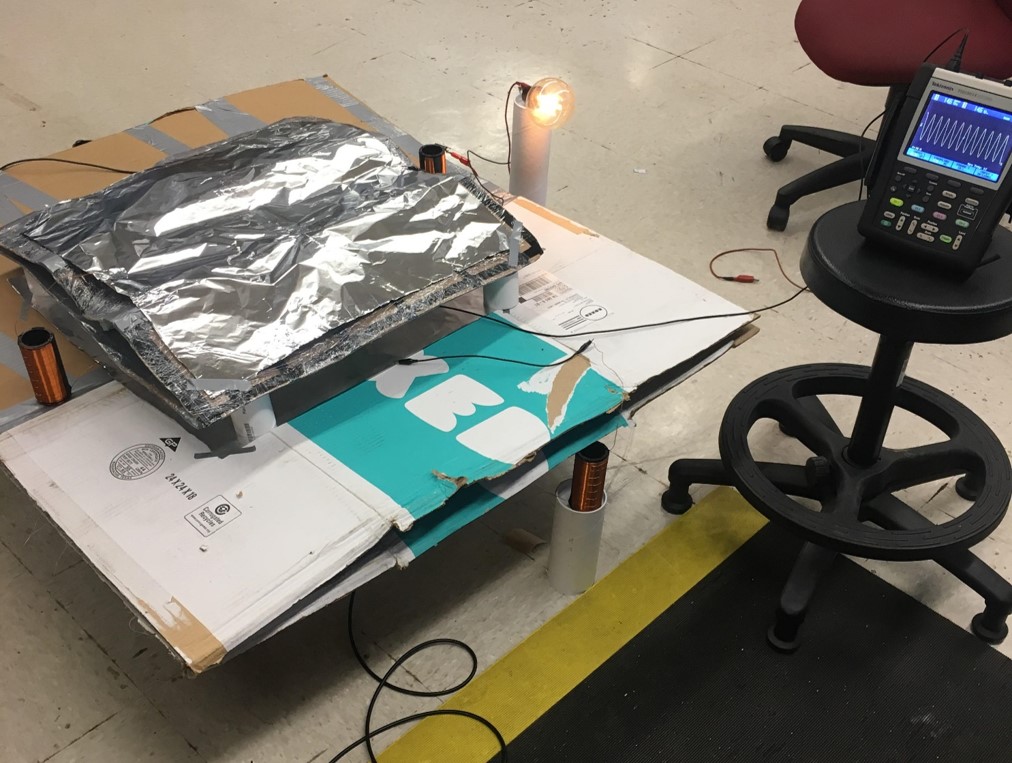Vehicle Charging
QWiC Power
The basis for this wireless power method relies on creating standing waves within a receiver which allows the system to transfer the energy.
To do this, a small voltage is emitted onto a transmitting surface with a matching frequency corresponding to the receiver. Then a standing wave is generated within the receiver, allowing a transfer of power to the load. The efficiency of this method is around 80-95% over the entire surface.
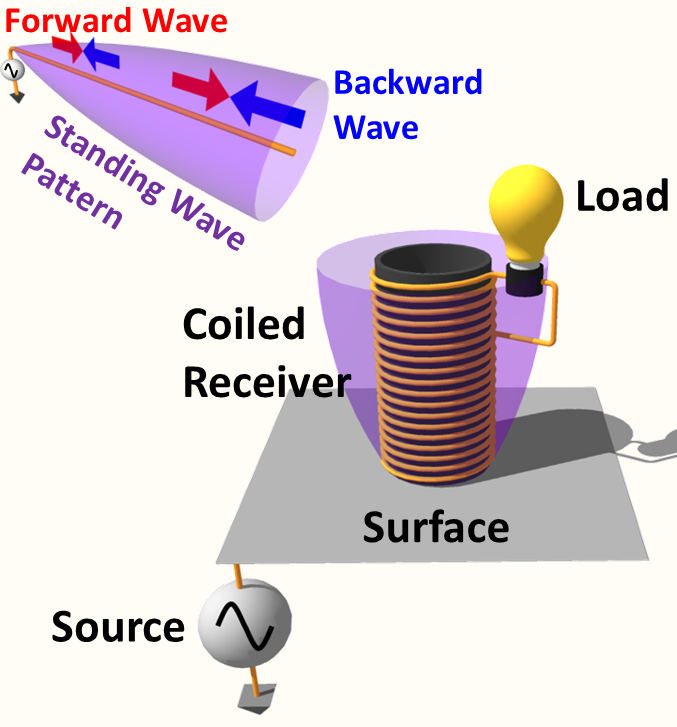
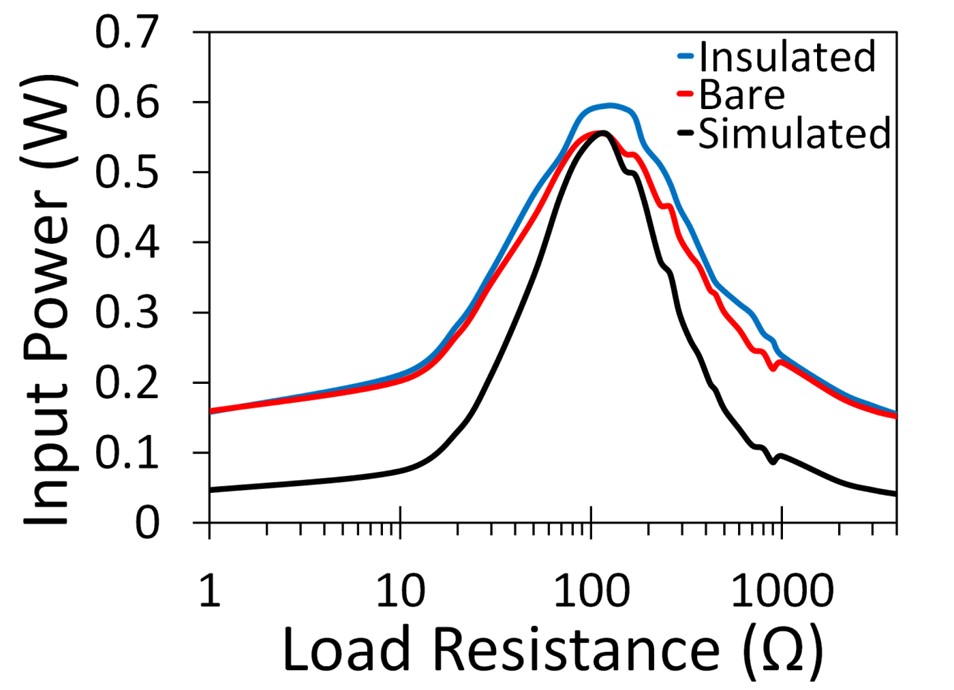
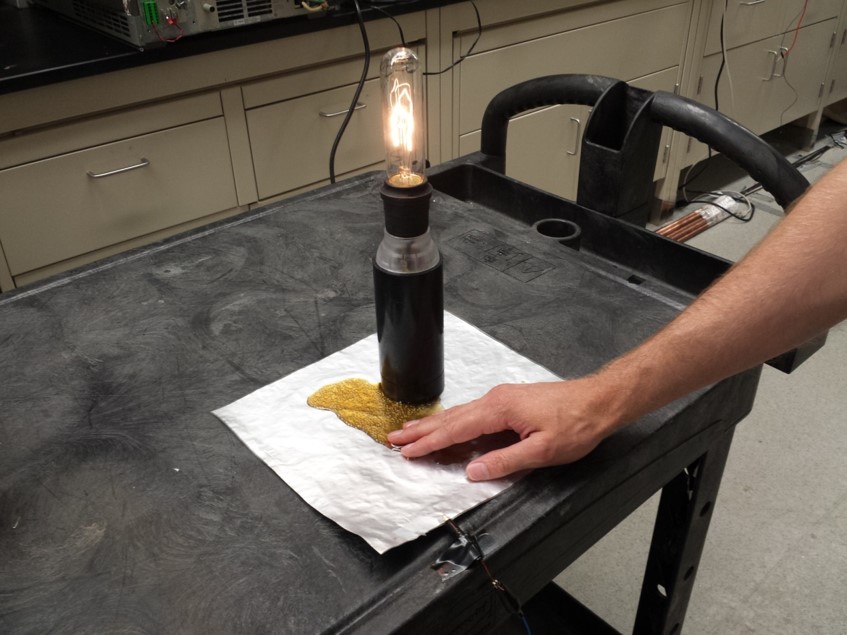
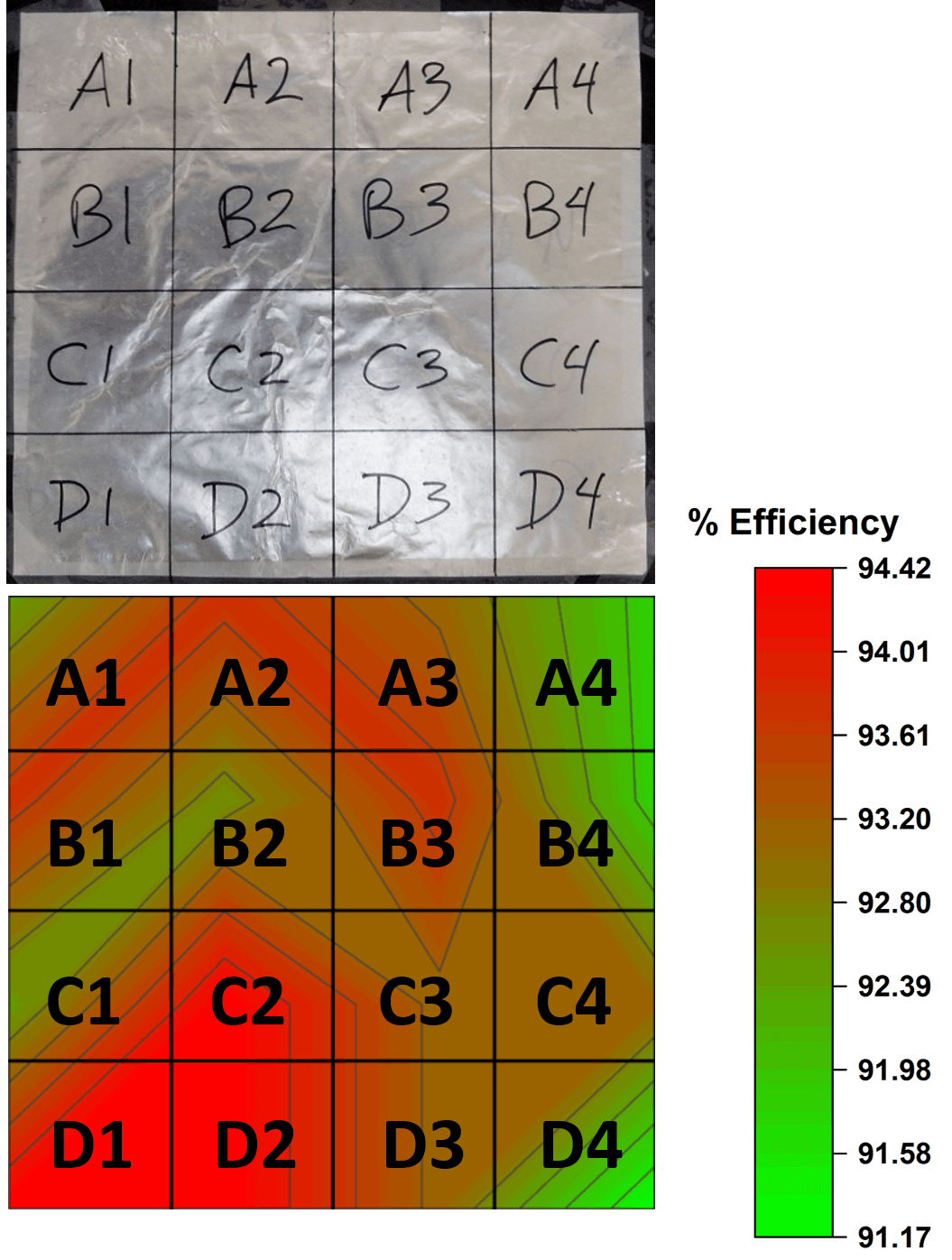
Focusing the Field
The goal of this project was to study effects of the various geometrical parameters to optimally power a 10W load. Initially vary the distance between the coils being used as the transmitter to determine if field could be focused.
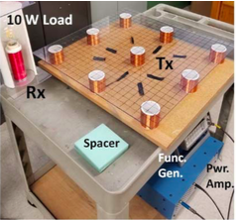
Data Set 1 was collected when the coils were in the position shown above, and Data Set 6 was collected when the coils were placed in the position shown below.
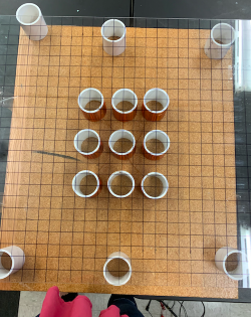
Data Set 6 demonstrates that the field generated by the transmitter can be focused to a specific area depending on how the coils are placed. This can be useful if the receiver is stationary because more power can be transferred, but if the receiver needs to be mobile, the configuration used in Data Set 1 would be more useful because the field is more uniformly distributed over the whole area.
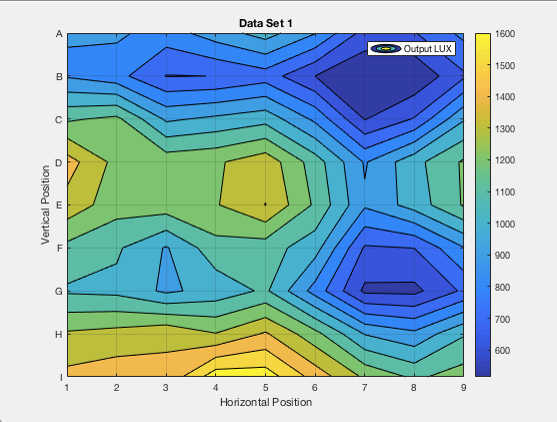
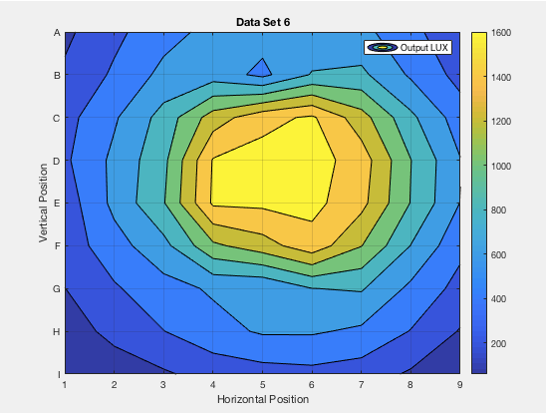
Future Work
Varying Height
In the “Focusing the Field” project, the distance between the coils was the only variable that was changed. The distance between the transmitter and receiver never changed. Both variables could be varied in the future to find the most efficient distance of both variables to obtain the maximum amount of power that could be transferred.
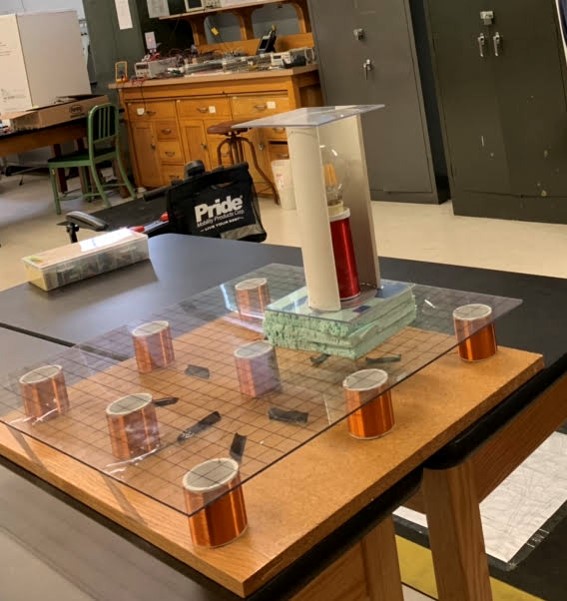
TVA
A possible option would be to look at “Focusing the Field” and collaborate to see if there is a possible application that would provide better connection of cost efficiency.
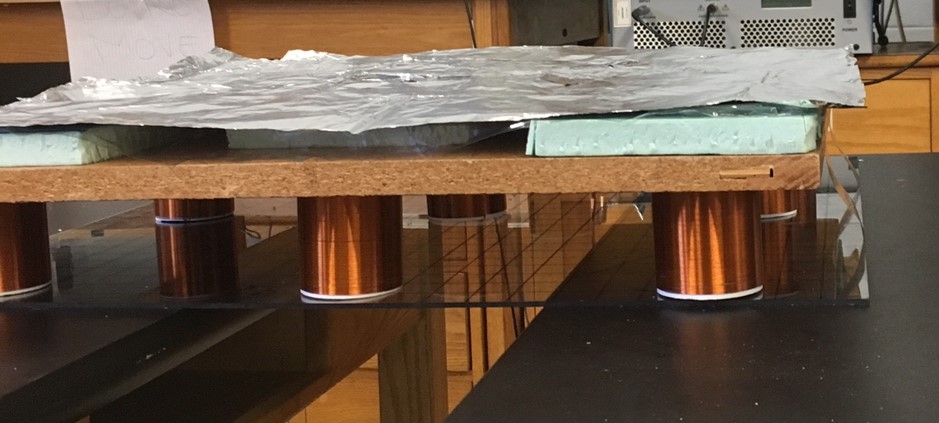
Find materials that are not your everyday kitchen items and construct a more vehicle like product that is more resistant to its surroundings.
A method called biomimicry was used to come up with the concept using the shell of a turtle to act as a shield for the system inside and a extra layer of electrical protection. Then build and test a turtle shell designed guard to contain the electric field around the set up.
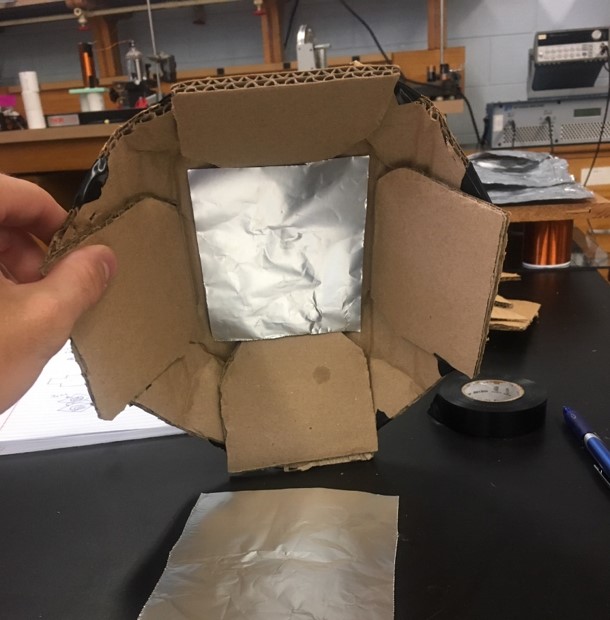
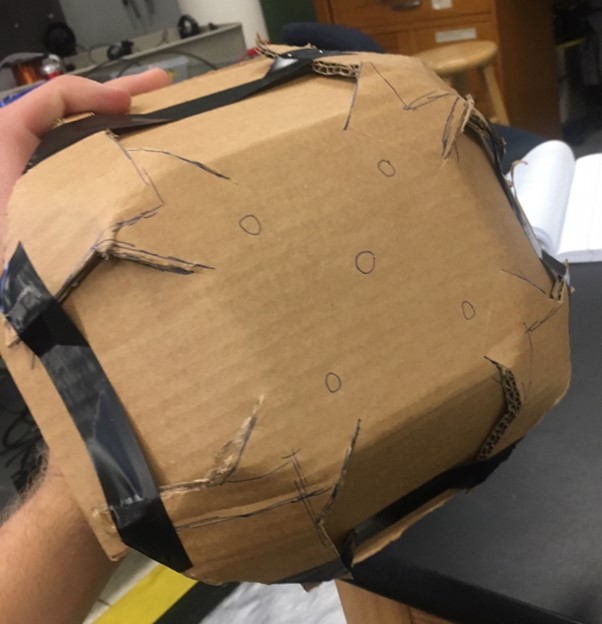
TVA Wireless Charging
Vehicle Charging and Design
When applying wireless power to vehicles, the first tool to construct is a transmitter
to produce a focused standing wave. 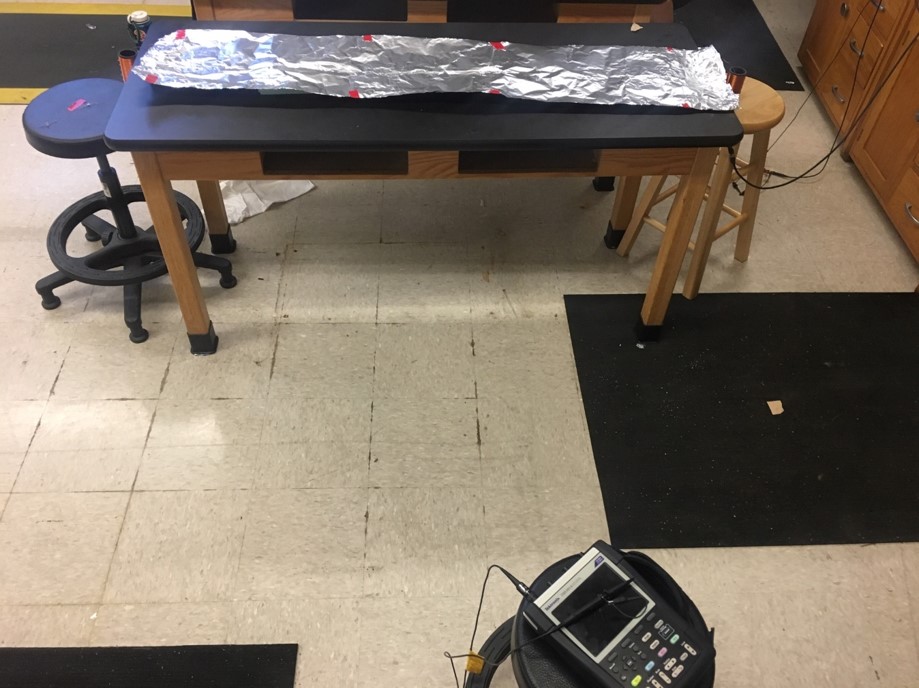
This is to maximize the efficiency of the power transfer from source to load. This will allow the charger to power and charge more resistive and high voltage loads and receivers.
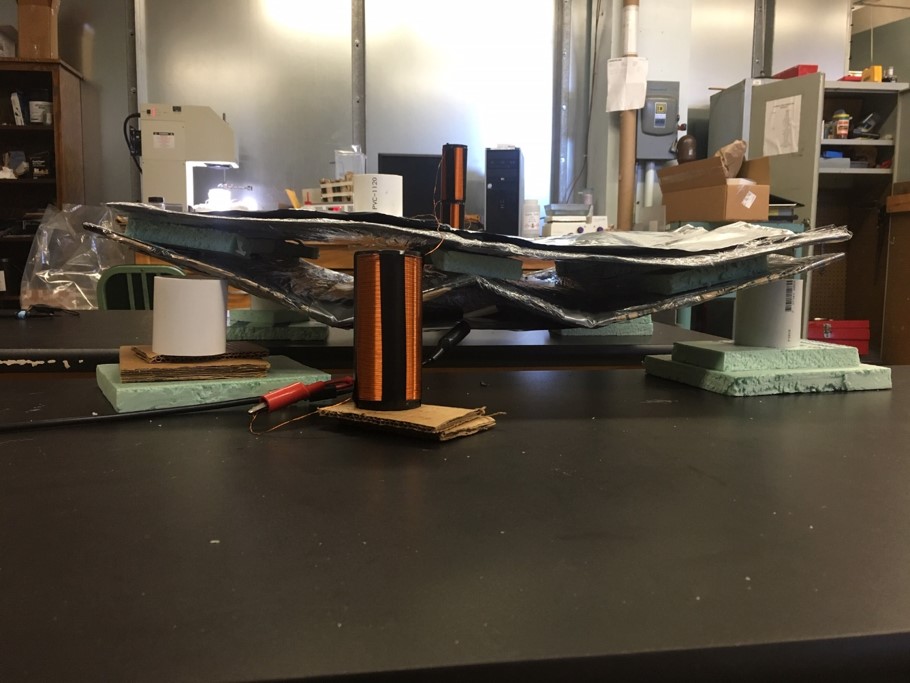
Further analysis of standing waves over aluminum foil revealed that certain arrangements of the aluminum would produce a “mountain peak” shape which is efficient at containing the charge. Using the same design that had focalized the standing wave node into one peak, the set up was tested as a receiver:
